The Europe Distributed Energy Resource Management Market is experiencing dynamic growth due to the increasing integration of renewable energy sources and growing demand for energy efficiency. The competitive landscape in this market is characterized by innovation, strategic partnerships, and a focus on digital solutions, which are essential in managing a diverse portfolio of distributed energy resources such as solar panels, wind turbines, and battery storage systems. As the region intensifies its efforts to transition towards a low-carbon energy system, stakeholders are leveraging advanced technologies and solutions to optimize energy generation, distribution, and consumption.
The competition is not only among local players but also involves global companies bringing their expertise and technology to address the unique energy challenges faced in Europe.Siemens has established a significant presence in the Europe Distributed Energy Resource Management Market, leveraging its expertise in automation and digitalization to offer innovative solutions. The company’s strengths lie in its comprehensive portfolio of advanced software and hardware solutions designed for the efficient management of distributed energy resources. Siemens has positioned itself as a key player in developing intelligent energy management systems that facilitate real-time monitoring, predictive analytics, and optimized operational performance.
By focusing on sustainable energy management solutions and establishing strong collaborations with local energy providers, Siemens has enhanced its market share, allowing it to address the evolving needs of customers in Europe looking for reliable and efficient energy systems.General Electric plays a vital role in the Europe Distributed Energy Resource Management Market, offering a diverse range of products and services tailored to meet the demands of the region’s energy landscape. The company is known for its advanced energy solutions, including grid management systems, energy storage technologies, and integrated software platforms that optimize energy flow and enhance reliability.
General Electric has made strategic mergers and acquisitions that bolster its capabilities in digital energy management, enabling it to innovate and deliver cutting-edge technologies to its customers.
The company’s strengths include its strong research and development initiatives, a robust global supply chain, and established partnerships with utility companies across Europe, positioning it effectively to tap into the growing market for distributed energy solutions that support the transition to a clean energy future.


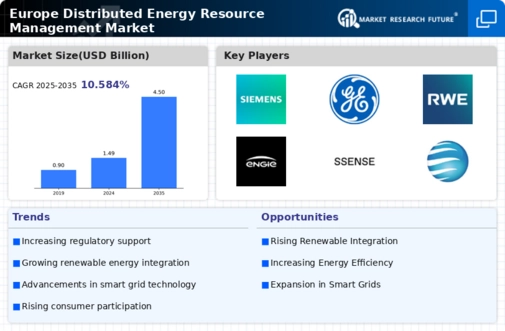

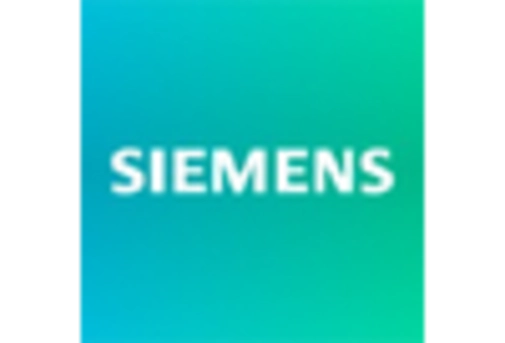
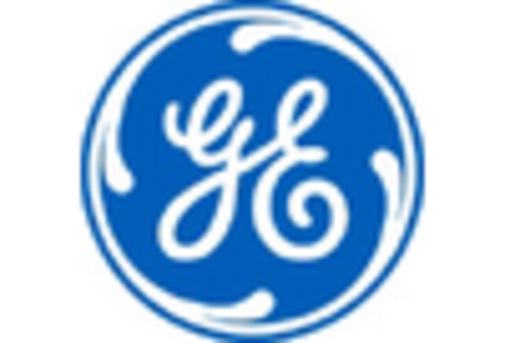


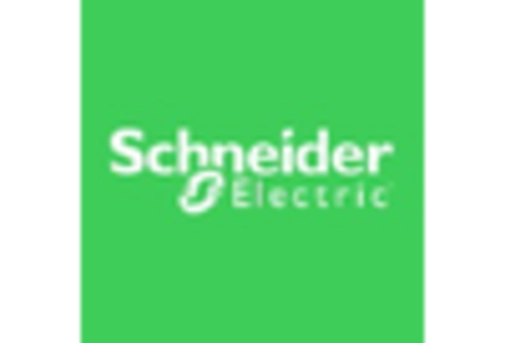

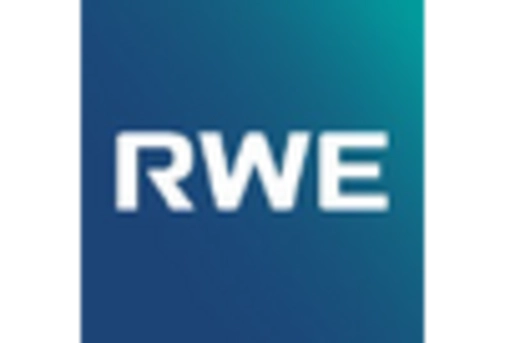













Leave a Comment